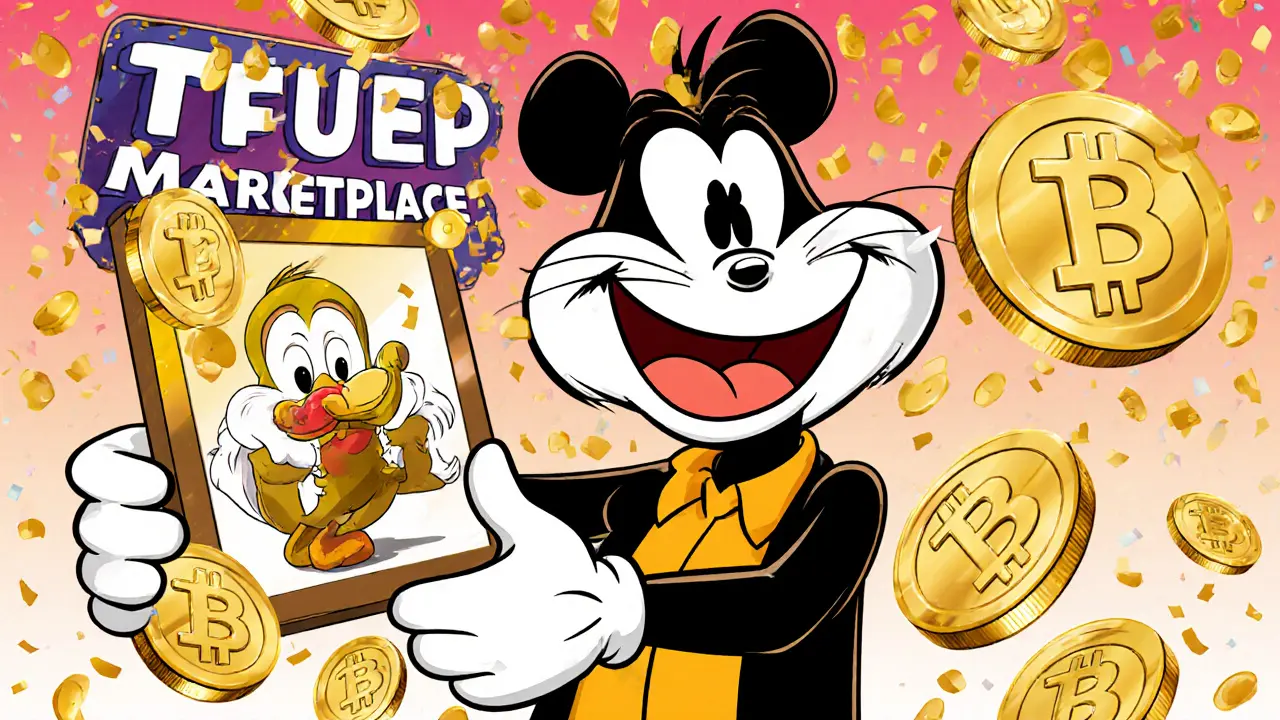NFT Liquidity Mining: How to Earn Tokens by Locking NFTs in DeFi Pools
When you hear NFT liquidity mining, a process where users lock non-fungible tokens into decentralized finance protocols to earn rewards. Also known as NFT staking, it turns your digital art, game items, or collectibles into income-generating assets—no selling required. Unlike traditional crypto staking, where you lock coins like ETH or SOL, NFT liquidity mining uses unique, one-of-a-kind tokens as collateral. This sounds simple, but it’s far more complex—and riskier—than most platforms let on.
Here’s how it actually works: you deposit an NFT into a smart contract, usually on Ethereum or BSC, and in return, you get a token reward. These rewards can come as governance tokens, platform-native coins, or even a share of trading fees. But here’s the catch—your NFT’s value might drop while it’s locked, and if the project fails, you could lose both your reward and your NFT. Some platforms, like DeFi liquidity pools, smart contract-based systems where users provide assets to enable trading and earn fees, mix NFTs with fungible tokens to create balanced pools. Others, like the ones tied to yield farming, the practice of moving assets between protocols to maximize returns, jump from one scheme to another, chasing high APYs that vanish overnight.
Most NFT liquidity mining campaigns are short-lived. They’re built to attract early users, pump token prices, then disappear. That’s why you’ll find posts here that warn you about fake airdrops, shady exchanges, and NFT projects with zero utility. You’ll also find guides that show you how to calculate real returns, spot red flags in smart contracts, and pick platforms that actually pay out. Some NFTs—like those from established gaming or art projects—have more staying power. Others? They’re just digital placeholders with no real demand.
If you’re thinking about jumping in, ask yourself: Do I understand the tokenomics? Is the protocol audited? Can I get my NFT back if things go wrong? And most importantly—am I locking something I’d be okay losing? The best NFT liquidity mining isn’t about chasing the highest APY. It’s about finding projects that have real users, real utility, and real transparency. Below, you’ll find honest reviews, step-by-step claim guides, and hard truths about what’s working in 2025—and what’s just noise.

